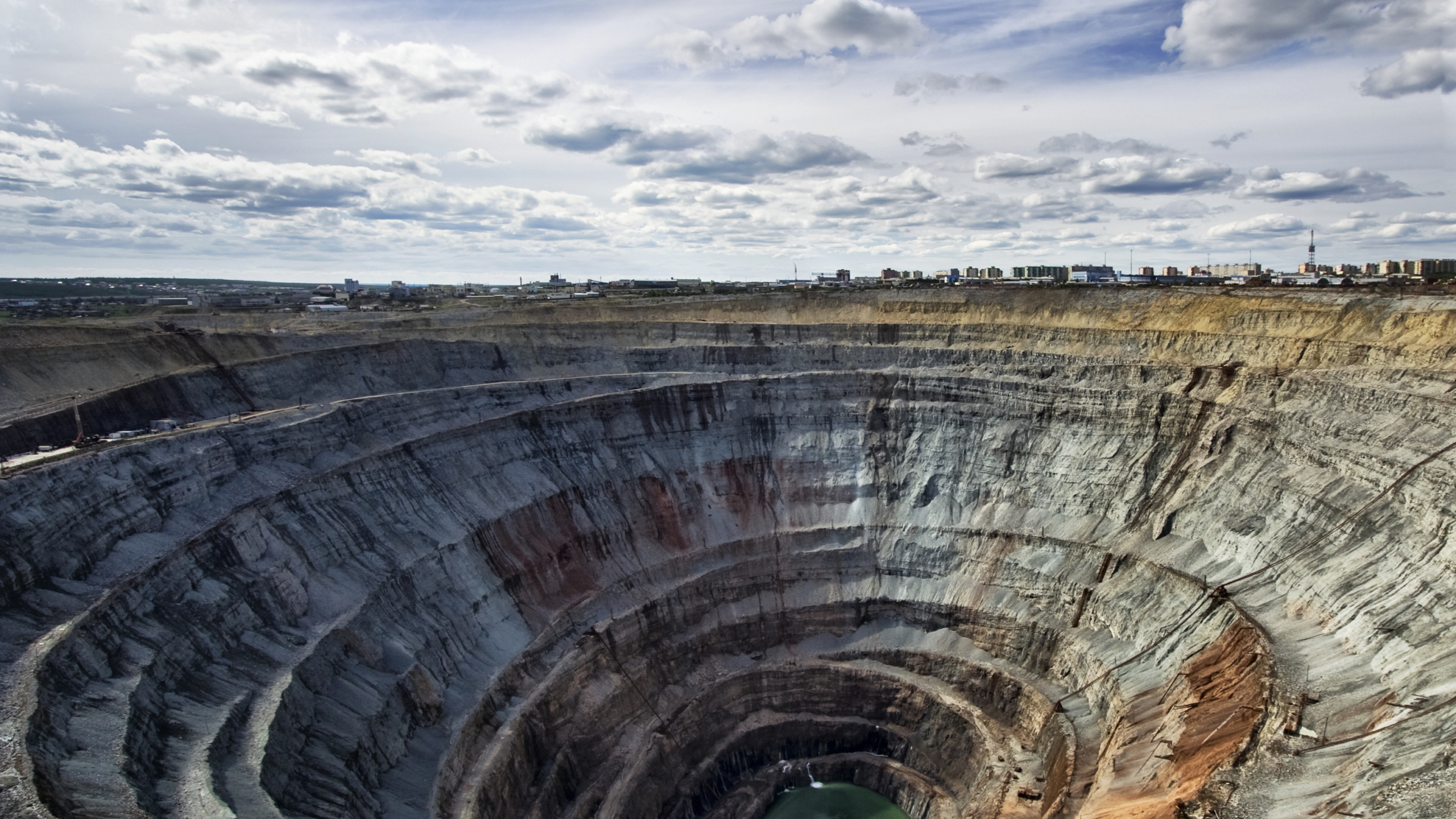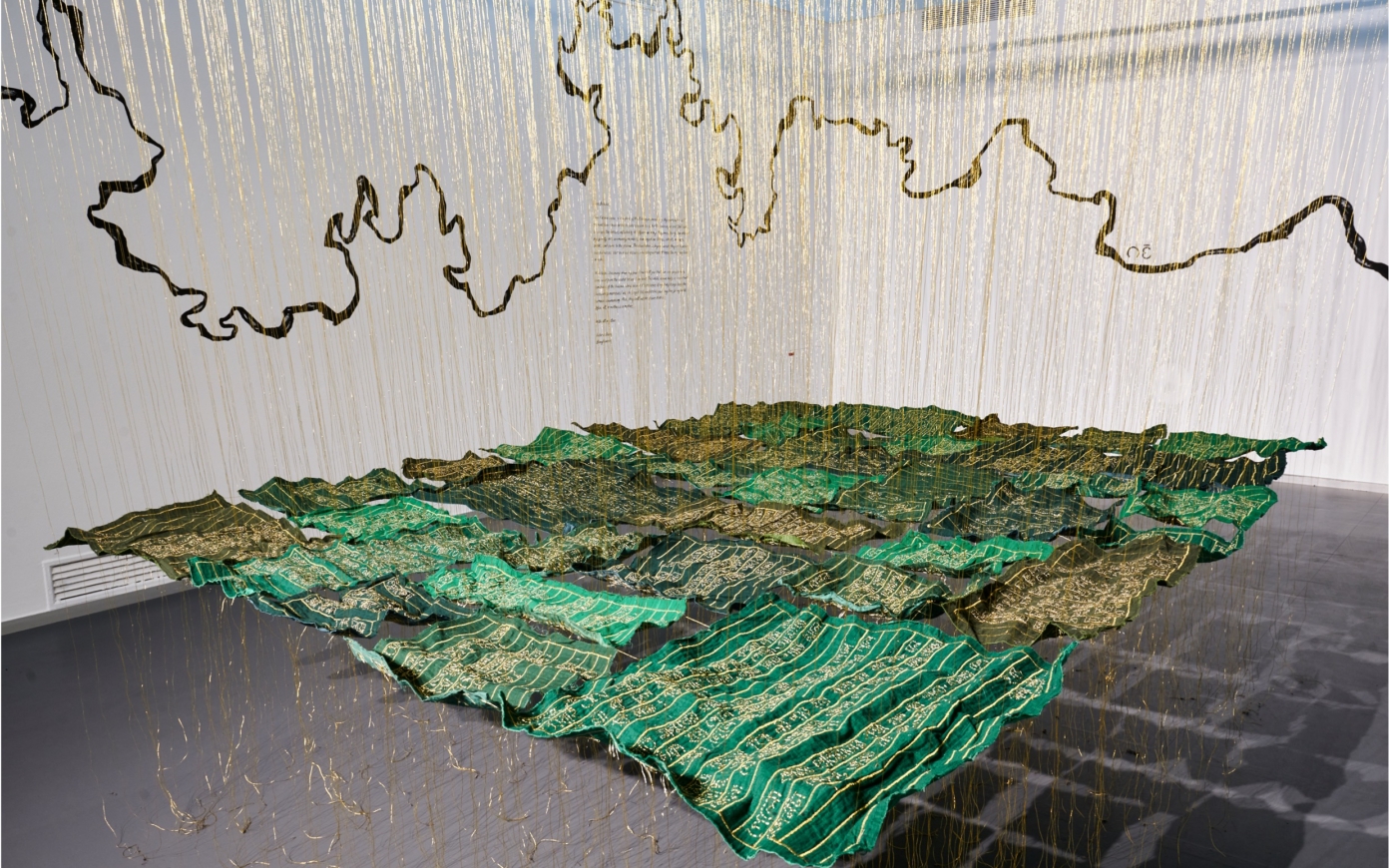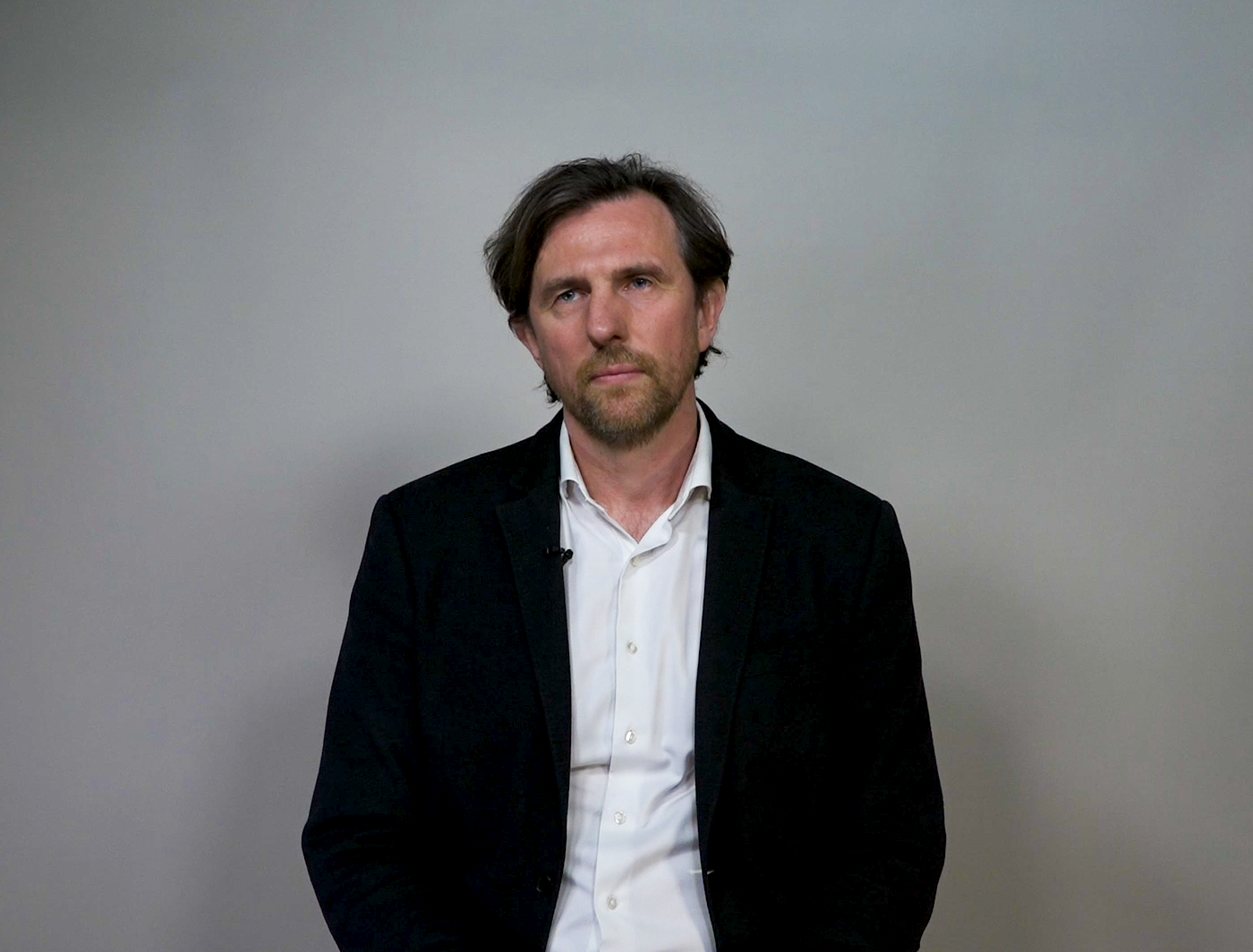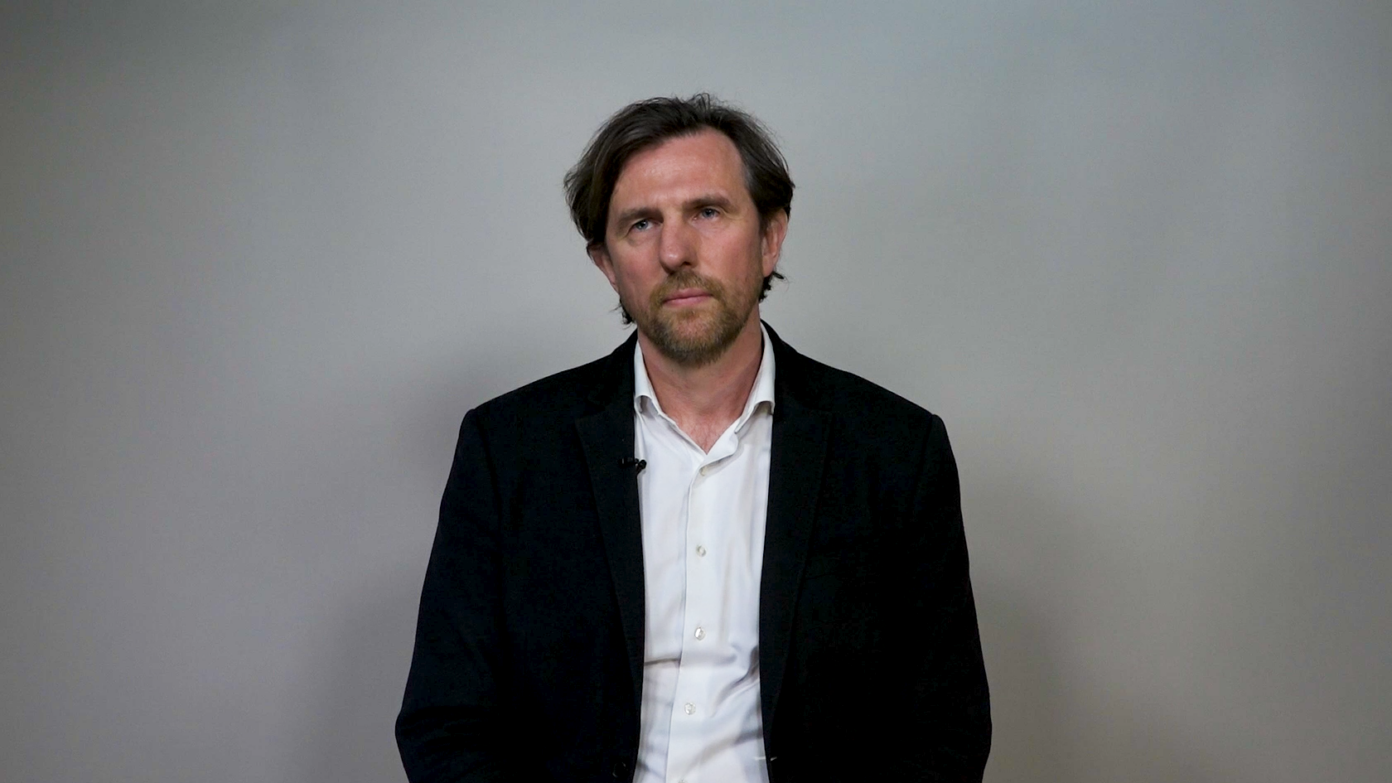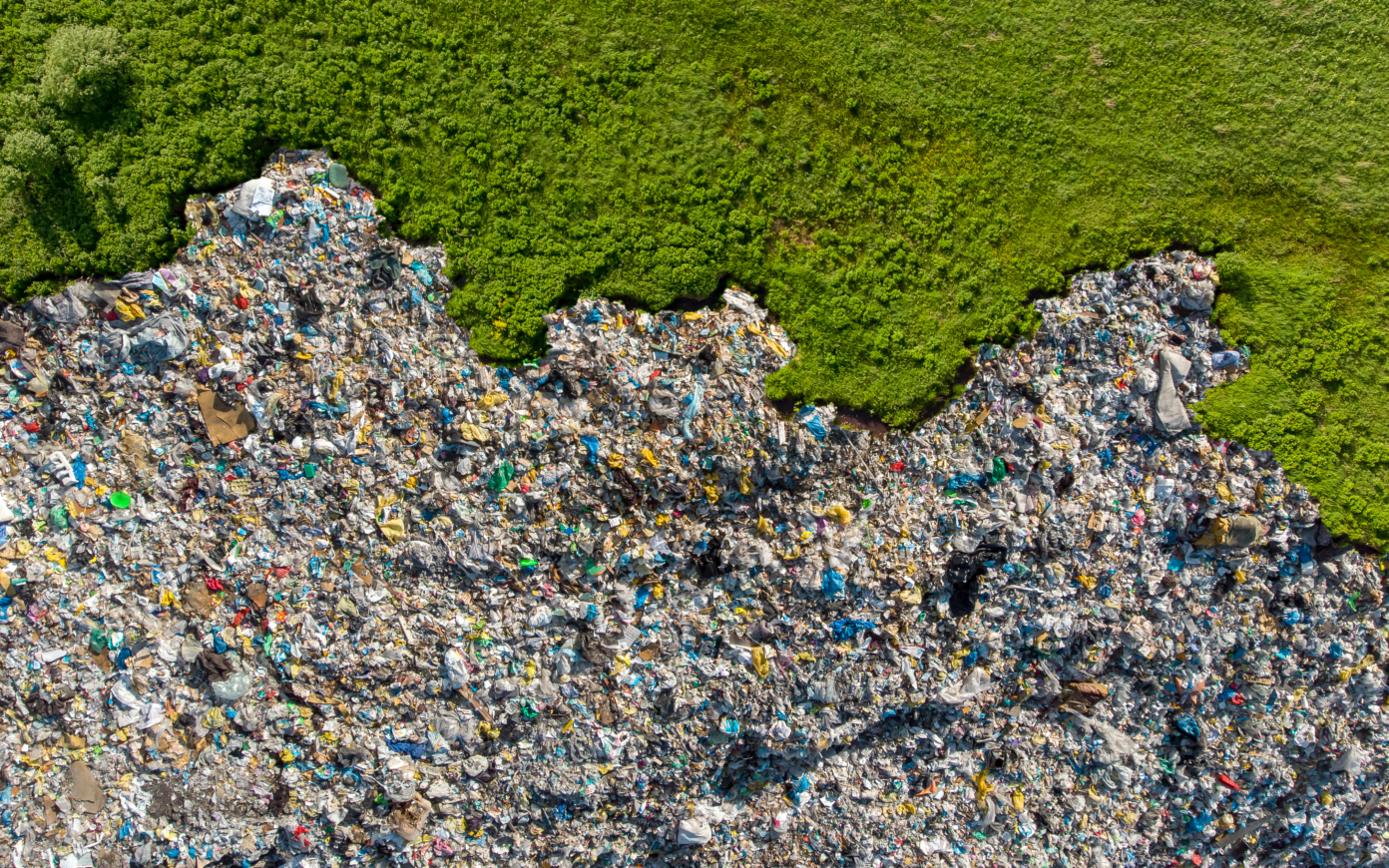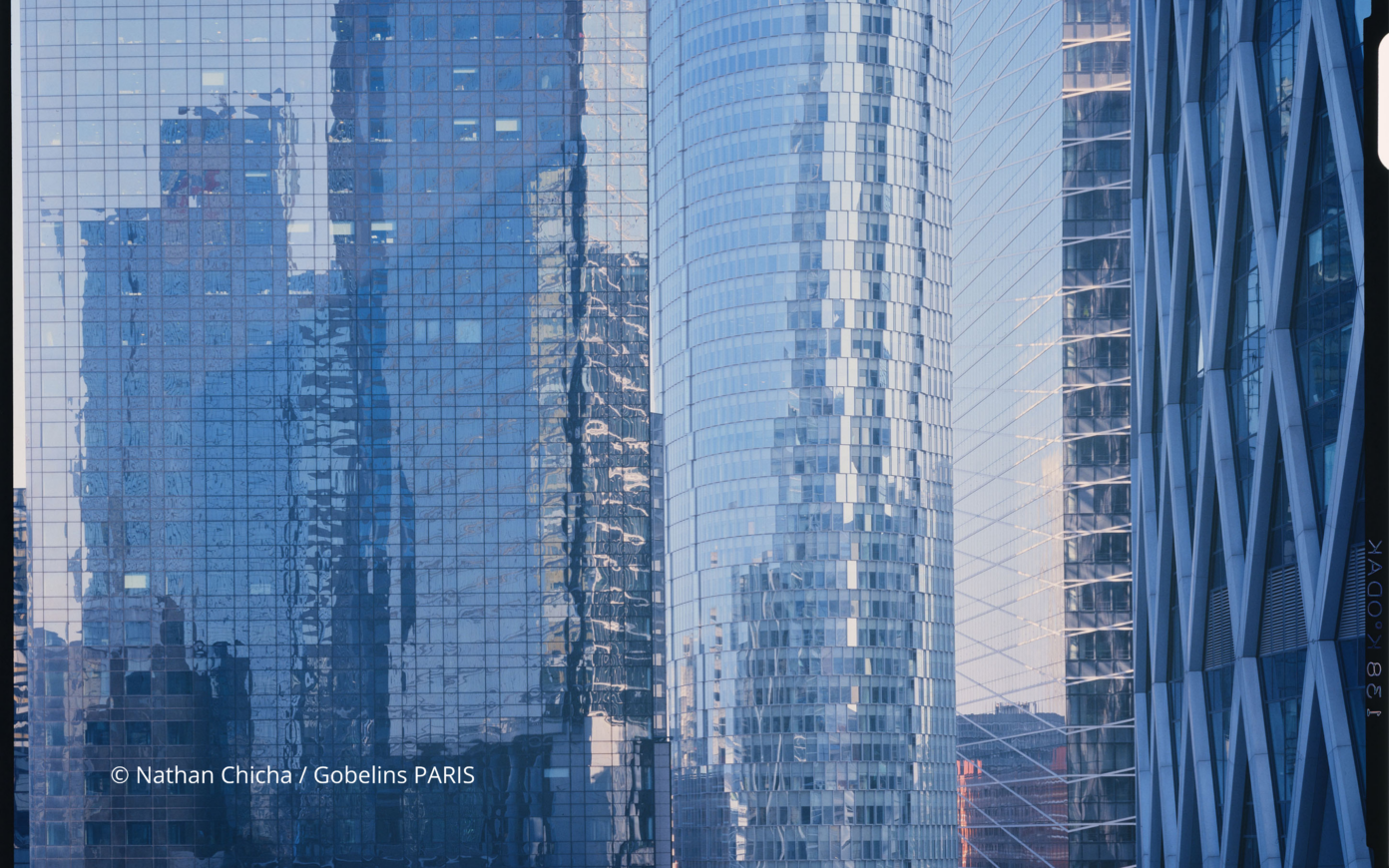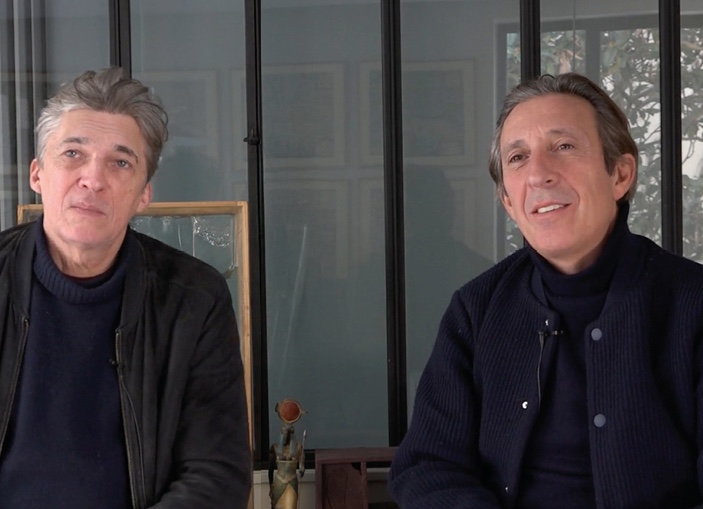This is how the living is building a new paradigm at the heart of contemporary thought. It embodies the figure of a complexity that provides a new scientific and imaginary perspective to define our relationship with a world in which we are an interested participant. This notion engages the principles of metabolism, of the ecosystem, of circular rather than linear processes, and the emergence of a temporal dimension. The question of the limits between humans, animals, plants, and inanimate objects is also present in current affairs. Accepting the idea of one world—of which we are one species among many—means that we must question the right that we have granted ourselves to be the masters and owners of nature. What of animals, rivers, and biodiversity in its broadest sense? It is ultimately the limits of the living as we know them that are challenged by the development of artificial intelligence, by robotics, by transhumanism and biotechnologies. Thus, the living constitutes a prism through which to reconsider our relationship with the world in a general sense, and our urban condition in particular.
Urban Metabolism: The Figure of the Living as a Means of Moving beyond Metaphor
For centuries, representations of the city have alternated between a machinist vision and an organic one. The metabolic idea implies a process that is specific to the living, of the transformation of a resource into waste in order to extract vital energy. And yet the city emerged from the division of functions between agricultural production, craftsmanship, and business. It manages incoming and outgoing flows and, with the countryside, forms a system of interdependent mechanisms. Emerging from separation, on an ontological level the city is exchanges and flows, and this supports the use of the metabolic metaphor. This synergy between city and countryside lasted until the nineteenth century, but industrialization and agriculture broke progressively with this complementarity. Marx coined the term “metabolic rift” to describe the rupture between humanity and nature brought on by capitalism and the industrialization of agriculture.
The Modern movement encouraged a split from this vision based on the ecosystem, by disconnecting the functions of the city so as to technify its metabolism and optimize its performance. It became a layer of cells to fill, of machines to work, and of flow corridors. This machinist vision triumphed in the wake of the Second World War, accelerating the rupture with the natural world that Marx had criticized, in spite of a few pioneering criticisms of modern technicist rationalism, notably the Japanese Metabolist movement which advocated modular cities that depended on organic growth, or Team X who reimagined accommodation as a system of living clusters rather than a collection of “machines for living.”
The notion of urban metabolism is returning to us now in the context of an imminent ecological crisis, with theoretical and technological tools providing this neologism with new meaning. It now embodies a consideration of the ecological challenge so as to “manage” urban functioning, but also to create a link between the thinking and practices of city developers.
A number of forms of measurement of the urban metabolism have been explored in this way. A first approach, inspired by the sociology of the Chicago school, consists of analyzing the growth and the structure of a city in line with the organization of its flows and mobility. The second, principally quantitative in nature, could be qualified as industrial ecology. It is based on a measurement of the flows of material and energy through the city, in such a way as to be able to manage their environmental impact. The goal is to move from a linear metabolism—which endlessly rejects its “outgoings”—to a circular metabolism that recycles its “outgoings” into “incomings.” A third approach, that of urban political energy, considers the flows not as an autonomous given but as determined by the social and political choices of a city, under the constraints of its needs and the characteristics of its natural and geophysical environment.
The activity of city designers must integrate the whole range of these visions in order to transform the urban metabolism according to a desirable scenario. How can this this concept be translated into a practical tool for development? The figure of a metabolic planner influencing political decisions on different territorial scales is yet to be invented, even though some possible paths are in the process of emerging.
Combining Complex Approaches
The city reimagined from a metabolic point of view hinges on the overthrowing of ideological barriers of modern thought and should be viewed on the scale of the residential unit, the neighborhood, and the city to that of the territory and in fine on a planetary scale. It is a question of working on the transcalar urban metabolism via a group of complex approaches, of producing a city of the living, diverse and changing, integrating and open.
Going beyond rifts
Methods of urban production in Western cultures developed according to a technocratic culture of the rift: separating knowledge and expertise, but also power and participants. They were also founded on a descending logic that moved from the general to the particular: spatial planning preceded the localization of programs, followed by their detailed definition by private operators and then, in the end, their design by prime contractors. Designing a living city requires reestablishing these procedures and practices, moving beyond traditional divides by inviting participants to move outside of their roles and by advocating more open and thoughtful modes of production. The idea is to move from a model which is segmented, descending, and linear toward one which is transversal, ascending, and circular.
With this in mind, new types of project tenders break with the vertical nature of traditional planning, but also with the spectacular formalism specific to architectural competition. Similar to the Réinventer Paris call for innovative urban development projects in 2015, this dynamic comes via a competitive process that places the criteria of innovation on the same level as financial criteria. Putting together multi-disciplinary teams that bring together architects, city planners, landscapers, real estate developers, engineers, start-ups, artists, associations, and researchers turns the logic usually used by participants on its head, and encourages them to move outside of their comfort zones and their certainties, revealing synergies by connecting knowledge and concerns that are usually disassociated.
Linking uses
The living city is first and foremost a diverse one. Modern urban planning has been working to spatially segment our private and working lives, favoring urban spread. Research on the sustainable city enhances density and diversity, in line with the aspirations of new generations. The ubiquity that has been rendered possible by technology favors the decompartmentalization of the times and spaces of our lives between work, leisure, and consumption. Functionalist zoning makes room for a diverse city in which our different conditions of worker, inhabitant, and consumer are reunited on a spatial level.
In buildings that are intended for work, the concept of co-working reveals dynamics that emerge from the informal collaboration between different fields of competence, that the creative industries have theorized under the notion of serendipity. The prefix -co that revisits our practices around the idea of sharing and doing together, is the symbol of this search for synergy. To work in a group is to share ideas, resources, and experiences. The same goes for transportation and housing. The explosion of mono-functional logics and formal mutability allows the emergence of unprecedented and fertile coexistences. The programmatic diversity at the heart of a building that mixes accommodation, workspaces, sports facilities, cultural and commercial spaces, and services ensures an attractive life for various different audiences at all times. This functional complexity and social coexistence becomes all the more fruitful as it opens itself up to the outside world.
Opening up temporal dynamics
A living approach to the city and the fabric of its buildings takes place via an open conception of its temporal dynamics. It is essential to use preparatory strategies to predict the life of a building long before it emerges or reemerges. A project whose program has not been completely set in stone provides spaces for invention through interactions between the future users and inhabitants, who know all too well the services that their space is lacking. By offering the possibility for evolution in the organization of internal spaces, the modular skeleton of a building can then adapt itself to its inhabitants and to the spirit of the times by offering a large amount of freedom in the reversibility of its uses. Fluctuation in the population and the market, the growth of companies, and evolving lifestyles will carve out its anatomy by transforming it over time.
Considered so as to be reversible over the long term, the building has become sufficiently modular to be in a position to provide a large range of uses in the short term, depending on the time of day. A restaurant in an office building can in this way be transformed into an informal workspace, even into a room for projections or presentations outside of its culinary activity. The architecture adapts itself to different times of the city and its users. Time as a component of the living—something that has been overlooked in the approach that has been taken to the city until now—must not become a limit for urban design but rather allow architecture to shape synergies emerging from shared use and the co-ownership of space.
Reintegrating the living
Beyond its establishment in a neighborhood, an architectural project must be founded on the idea of a “planetary garden,” placing man at its core and being responsible for his state. The urban metabolism begins on the scale of the building. A diverse building—which today can be imagined as a wooden structure—can be designed in such a way as to metabolize its waste, transforming it into a resource. Vegetables grown on the roof, on marshland plots fed by runoff water, can be sold or transformed on site according to local distribution networks, and their reused waste could be used to enrich the cultures once it has been composted.

